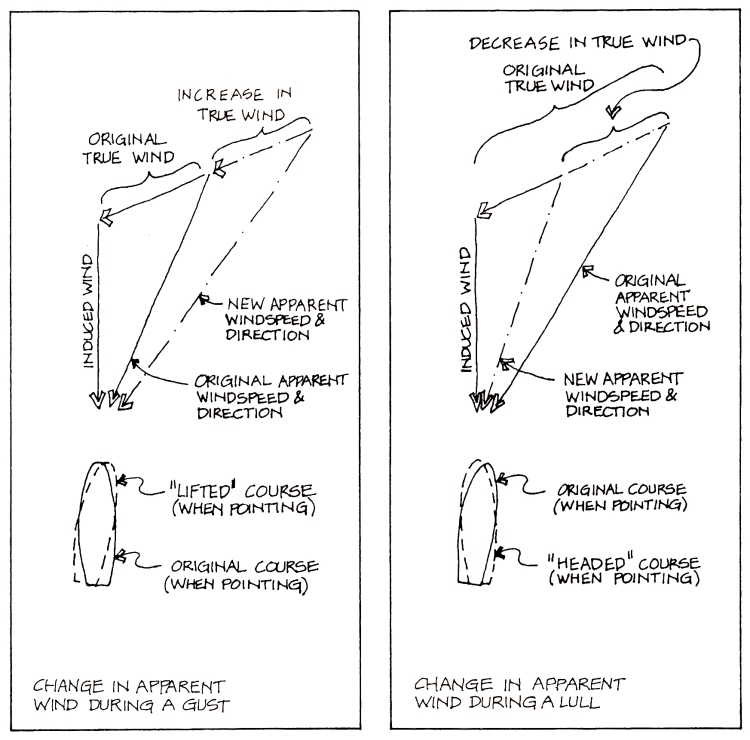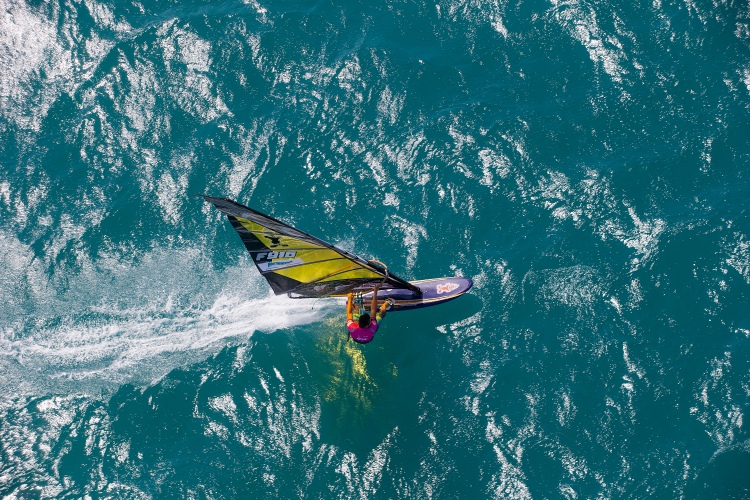Why does the wind seem almost to disappear when you sail downwind and increase again when you sail upwind? Let's learn what apparent wind "feels" like.
Beginners and advanced sailors have already felt it, but they probably haven't thought about it.
When we sail in stronger winds, we tend to feel that we're moving faster than we actually are.
This sensation occurs when we start feeling high winds on our face or our skin.
Apparent wind is exactly that. However, let's rewind our lesson a bit to the concept of true wind.
The Truth Behind True Wind
True wind is nothing more than the speed and direction of the wind that you feel when you are not sailing away, i.e., from a stationary observation point.
Imagine yourself at the beach, just feeling the wind in your face and your body.
You're experiencing true wind or, in other words, the measurement given by your portable anemometer.
For example, if you look at the device and the wind is blowing at 15 knots, that is true wind. Simple as that.
Now, suppose you're driving a cabriolet at fifty miles per hour on a windless day.
The speed of the car through the stagnant air mass creates an "induced wind" of fifty miles per hour.
In other words, if you stand up on your seat, you will feel a 50-mile-per-hour wind hitting you in the face.
In this case, your apparent wind (50 mph) equals your induced wind (50 mph).
But suppose you are driving at fifty miles per hour and that there is also a true wind coming from your right at fifty miles per hour.
You won't feel two separate winds, but instead, one "apparent wind," which results from the combined effects of both the induced and true wind.
While sailing, the faster we go, the more apparent wind direction swings forward.

The Apparent Wind Formula
On a windsurfer, the apparent wind we experience when we cruise at 10 knots in a 10-knot crosswind will be a 14-knot wind hitting us at 45 degrees.
As a result, in strong wind conditions, the sail has to be sheeted in far tighter than in light winds.
So, at high speeds, windsurfers have their sails in a close-hauled position despite sailing on a broad reach.
Since the apparent wind results from the addition of the true and induced winds, when the true wind increases or decreases, there is a shift in both the apparent wind speed and apparent wind direction.
One thing is certain: the faster your windsurf board is moving, the more apparent wind you create and, therefore, more adjustments you need to make on your sail.
Finally, you should be proud of one thing: windsurfers and a few boats can sail faster than the true wind.
Illustration by Frank Fox, author of "A Beginner's Guide to Zen and the Art of Windsurfing"
